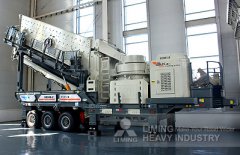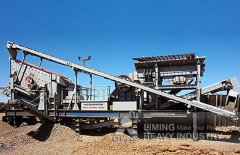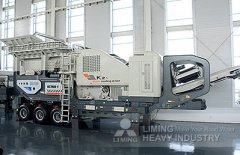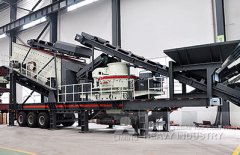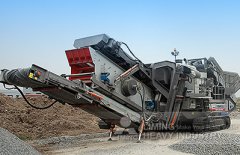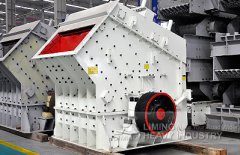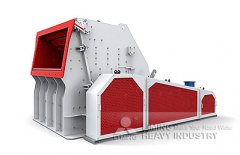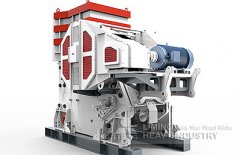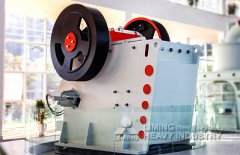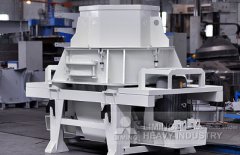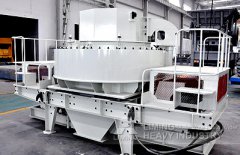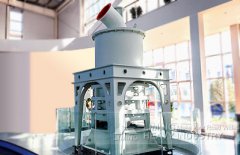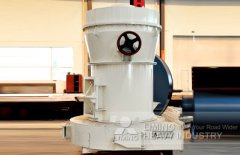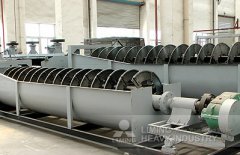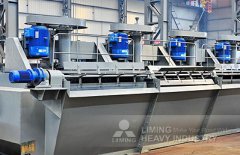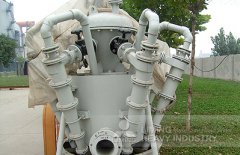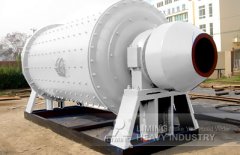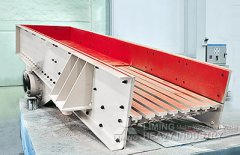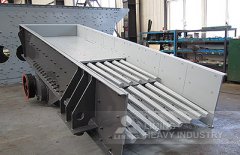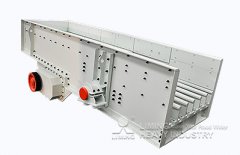Case
types of al in cement plant
2019-12-18T17:12:47+00:00
Coal in the cement industry
In a cement plant two systems of coal firing are used, namely, a) Direct firing and b) Indirect firing In direct firing system, coal is milled on line and is directly fed to the kiln The primary air is used to dry the coal High moisture coal is not suitable for direct firing, as this has the effect of lowering the flame temperature and therefore the process efficiency Excess of primary air Successive stages are subbituminous, bituminous, semianthracite (“steam coal” in British parlance) and anthracite, with pure carbon in the form of graphite as the theoretical endmember Broadly speaking, hydrogen content enhances the calorific value of Cement Plants: CoalTogether, they make up 52 percent of the world’s coal reserves This coal type is mostly used for power generation, cement manufacturing and other industrial purposes, while metallurgical coal is used primarily for manufacturing iron and steel Anthracite is the most mature coal and thus has the highest carbon content of any type of coalWhich type of coal use by cement industry

Use of coal as a fuel in cement plants and its impact on
local coal, in cement manufacturing, its formulation for blending with raw mix and its impact on raw material and clinker parameters Results and Discussions The chemical composition of normal raw mix for high strength Portland cement is shown in Table1 Calculated amount of coal ash was added to the normal raw mix and pulverized thoroughly The chemical analysis of this raw mix containing 10/1/2008 Approximate coal consumption in cement plants: Type of plant HEAT REQUIRED KCAL/KG CLINKER TONNES CLINKER PER TONE COAL* TONNES COAL* PER 106 TONNES CLINKER Most modern—dry process, preheating 600 100 100,000 Less Modern—dry process—semi dry process 1100 55 180,000 Least modernwet process 1700 35 280,000 *Calorific value = 6000 kcal/kg net as received basis Coal Energy Source for Cement Kilns: KIS Knowledge is PowerCoal is a common energy source in the steel industry to extract iron from iron ore, and in the cement production process The four main types of coal are lignite, subbituminous, bituminous, and anthracite Each type has varying amounts of hydrogen, oxygen, nitrogen, sulphur, and carbon, and as a result they have different usesCoal Analysis and Production Information Thermo Fisher

Use of coal as a fuel in cement plants and its impact on
local coal, in cement manufacturing, its formulation for blending with raw mix and its impact on raw material and clinker parameters Results and Discussions The chemical composition of normal raw mix for high strength Portland cement is shown in Table1 Calculated amount of coal ash was added to the normal raw mix and pulverized thoroughly The chemical analysis of this raw mix containing 10/1/2008 KISPL meets coal quality specification for Cement Production JANUARY 10, 2008, NEW DELHI The two basic processes in cement production are the wet and dry processes which are named after the manner in which the raw mix is introduced into the kiln In the wet process the mix is introduced into the kiln as a slurry with 2040% moistureEnergy Source for Cement Kilns: KIS Knowledge is PowerEnergy and fuels in cement industry specially coal continues to be the primary fuel in Cement and many other Industry allocated coal mines for the cement sector directed at meeting demand arising from captive power plants for cement India imported 135 million tonnes of coal from the US in the first 10 months of 2018 Types of Coal Of the four types of coal available in India – Peat Usage of Energy Fuels in Cement Industry CMA India

(PDF) Use of alternative fuels in cement industry
Various types of alternative fuels can be used in a cement plant, with the adequate equipment installed for t he utiliszation The use o f alternative fuels in cement p lants also reduces emissions19/1/2014 Important Parameters Of Coal: • Residue on 90 micron=1820% • Residue on 212micron=041% • Moisture =15% • Volatile Matter =2030% • Ash content =2832% Coal Mill:Coal Mill is an important integral part of cement plant Here large size of approx size 600mm, is ground fine to the size of 90 micron Coal from coal mill is used to feed kiln and calciner Outlet tem of coal from coal cement plant report SlideShareBy far the most common type of cement is hydraulic cement, Most cement kilns today use coal and petroleum coke as primary fuels, and to a lesser extent natural gas and fuel oil Selected waste and byproducts with recoverable calorific value can be used as fuels in a cement kiln (referred to as coprocessing), replacing a portion of conventional fossil fuels, like coal, if they meet strict Cement Wikipedia
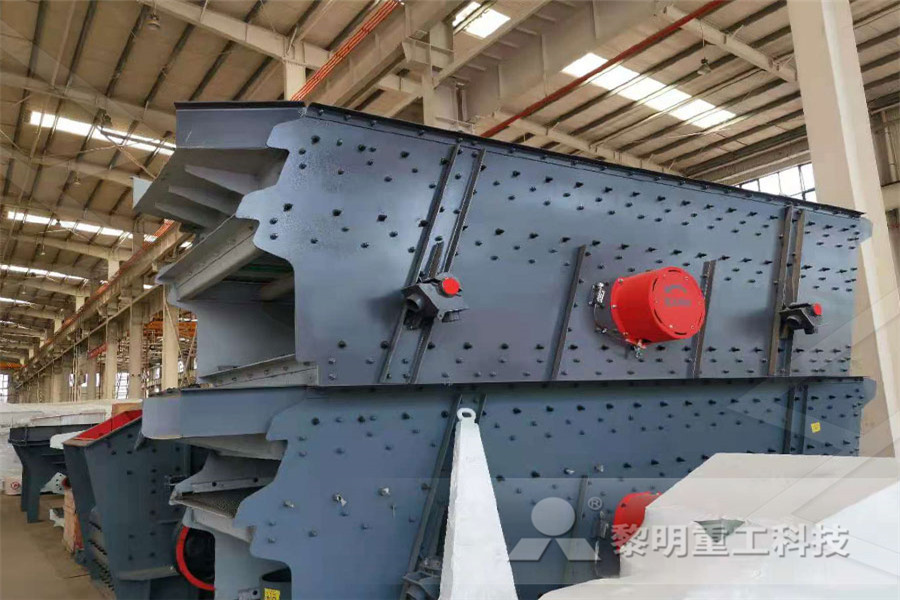
US Portland Cement Industry: Plant Information Summary
US cement manufacturing is primarily a fossil fuel fired industry with 917% of all plants using coal, petroleum coke, or some combination of the two as primary kiln fuel Nine plants reported usingCement kilns are used for the pyroprocessing stage of manufacture of Portland and other types of hydraulic cement, in which calcium carbonate reacts with silicabearing minerals to form a mixture of calcium silicatesOver a billion tonnes of cement are made per year, and cement kilns are the heart of this production process: their capacity usually defines the capacity of the cement plantCement kiln WikipediaBoral’s cement can therefore found in buildings of all types, roads, bridges, tunnels, pathways, public spaces such as parks and plazas, walls and barriers and art installations In Australia, the use of the terms ‘cement’ and ‘concrete’ are often incorrectly exchanged Cement refers to the dry powdered product resulting from milling clinker Concrete is the result of adding water Boral Cement Boral

Coal in the cement industry
In a cement plant two systems of coal firing are used, namely, a) Direct firing and b) Indirect firing In direct firing system, coal is milled on line and is directly fed to the kiln The primary air is used to dry the coal High moisture coal is not suitable for direct firing, as this has the effect of lowering the flame temperature and therefore the process efficiency Excess of primary air Some of the highest quality black coal is also used to make steel and cement Known as coking coal or metallurgical coal In NSW this highquality coal is primarily mined in the Southern Coalfields of NSW, in the Illawarra region south of SydneyCoal NSW MiningThis report begins with an overview of the types of alternative fuels used in cement kilns, for cement plants to derive 2070% of their energy needs from alternative fuels (Portland Cement Association 2006) In the US, as of 2006, 16 cement plants were burning waste oil, 40 were burning scrap tires, and still others were burning solvents, nonrecyclable plastics and other materials Use of Alternative Fuels in Cement Manufacture: Analysis

COAL GRINDING IMPS: more than meets the eye
In these plants very different coal types like anthracite, bituminous coal or lignite and also various kinds of petcoke are processed Two mill systems are employed for most coal grinding applications in the cement industry These are, on the one hand, vertical roller mills that have achieved a share of almost 90 per cent and, on the other, ball mills whose share is recorded at just over 10 Various types of alternative fuels can be used in a cement plant, with the adequate equipment installed for t he utiliszation The use o f alternative fuels in cement p lants also reduces emissions(PDF) Use of alternative fuels in cement industryCement plants, besides, receiving the coal through FSA, are also procuring fuel such as imported coal, pet coke, lignite and coal through market purchase This is because the amount of coal received through FSAs is invariably much less than their actual requirementUse of Alternate Fuels in the Cement Industry

Stacker and reclaimer systems for cement plants
in the cement industry, in cases where the raw material chemical composition varies greatly Prehomogenisation is used primarily for the main components in cement production, ie limestone and clay With the increasing variation in the grades of coal used for coal firing installations, there is a growing need for prehomogenisation and storage of19/1/2014 Important Parameters Of Coal: • Residue on 90 micron=1820% • Residue on 212micron=041% • Moisture =15% • Volatile Matter =2030% • Ash content =2832% Coal Mill:Coal Mill is an important integral part of cement plant Here large size of approx size 600mm, is ground fine to the size of 90 micron Coal from coal mill is used to feed kiln and calciner Outlet tem of coal from coal cement plant report SlideShareCoal is used to burn raw material to clinkering temp ie 1450 degree centigrade Low grade coal can be used for cement manufacturing but it will need high grade of limestone for good quality cement you can say low grade coal need high grade limestone and high grade coal need low grade limestone 56K viewsWhat is the use of coal in the cement manufacturing

Coal Storage : Types, Factors to maximize output Power
Coal Storage Types Coal storage can be done in two ways: 1 Open coal storage 2 Covered coal storage Most of the coal stockpiles in the power plant are open type But with the passage of time, various problems are experienced with open stockpile system and potential need for covered coal storage system is felt The salient features and


